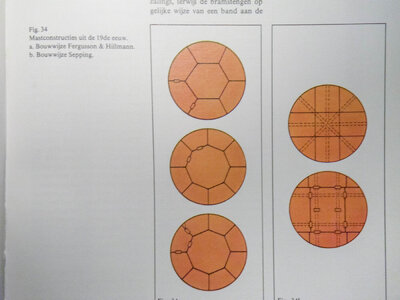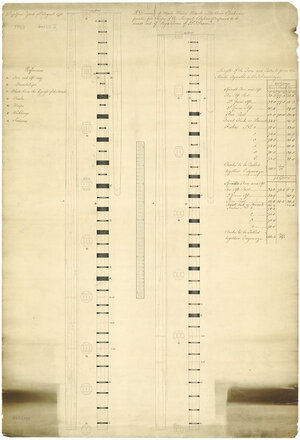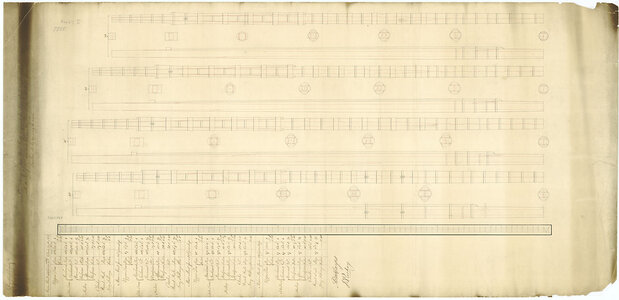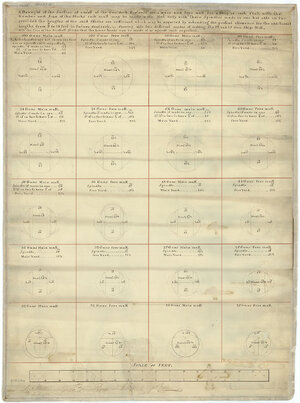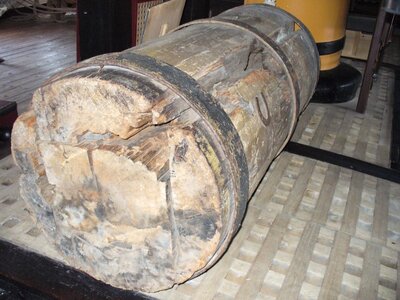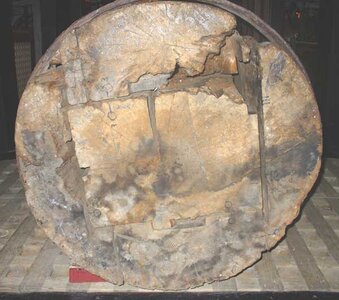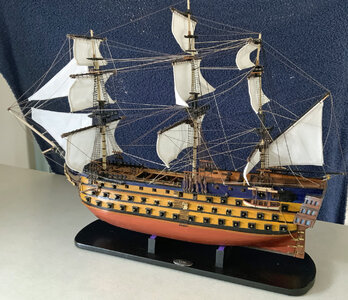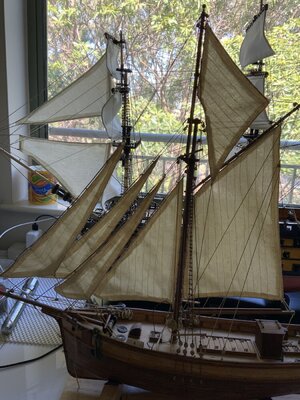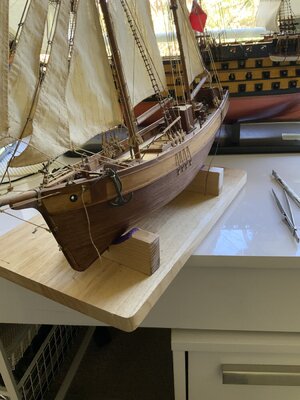Hello,
I am doing a model of the HMS Terror, I have two drawings from the National Maritime Museum in Greenwich England and the book “HMS Terror” by Betts but neither answers some questions I have.
I am doing a model of the HMS Terror, I have two drawings from the National Maritime Museum in Greenwich England and the book “HMS Terror” by Betts but neither answers some questions I have.
- What material was used for the windlass, capstan and winches? The drawings I have do not have a “Material List” and I can’t find any mention of material in the book.
- In the book by Betts it states the lower masts were painted white, a picture on page 195 and the picture by OCcre (attached) show black (iron?) bands around the masts, what is the purpose of the bands?



